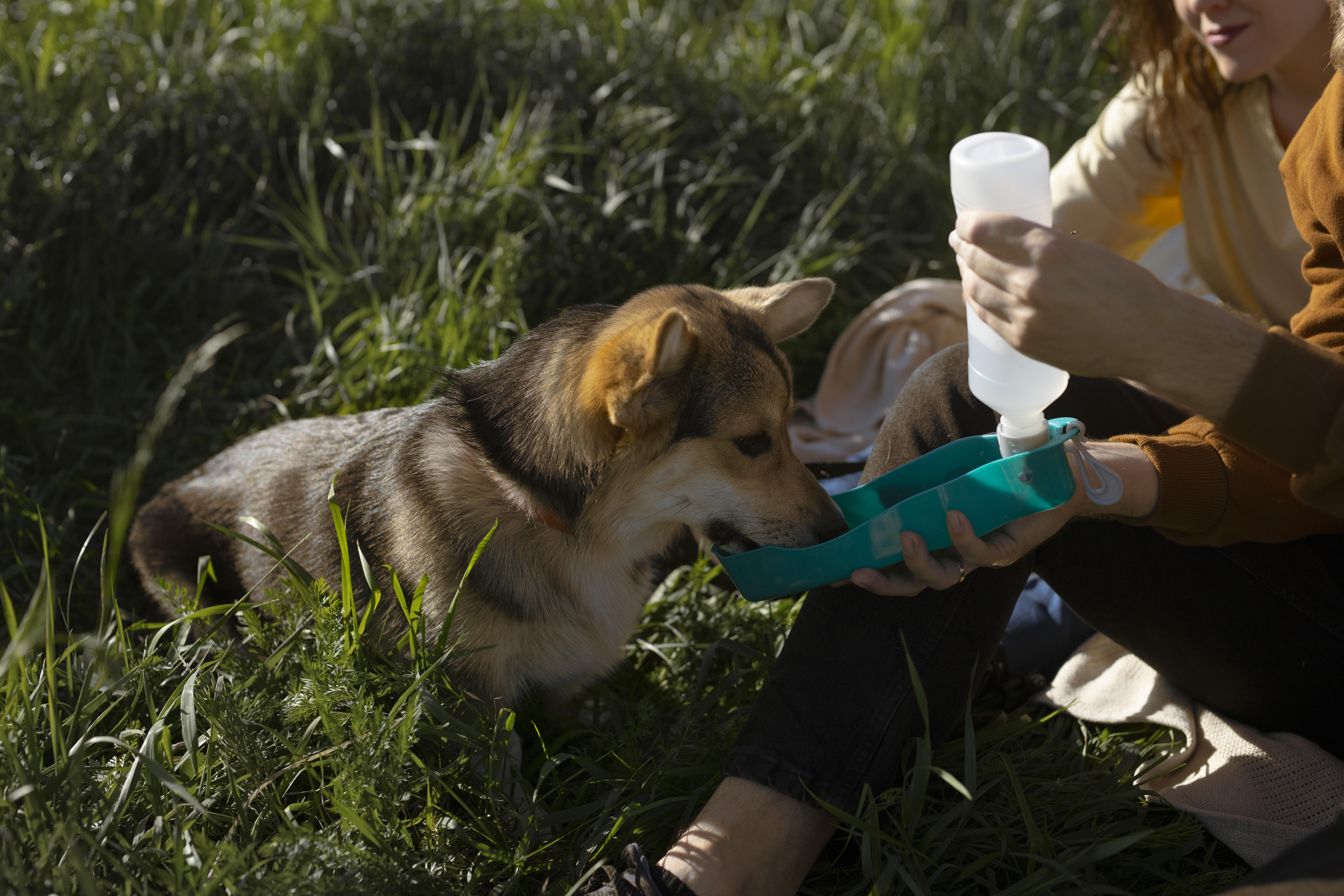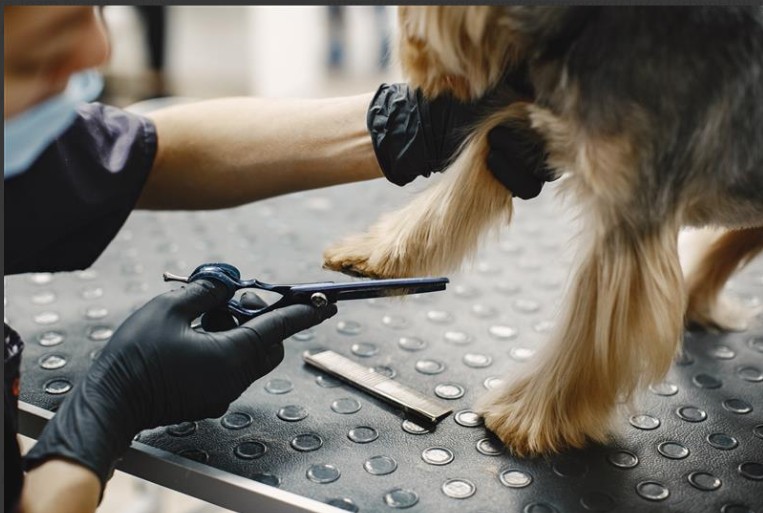As dogs age, they go through a lot physically, just like humans. They dedicate their entire lives to loving and caring for their companions, but as time passes, they face health challenges. Dog parents need to learn about common issues that an old dog can face. This will allow them to address such issues earlier before it gets worse, and out of control. It will help them to ensure their pooches live long, healthy lives. In this blog, we will dig into some common dog diseases that are a result of their aging along with some tips to handle them. Read more below.
5 Common Dog Diseases in Aging Dogs
1. Dental Issues
This is the most common problem in older dogs just like elderly humans. Plaque and tartar can accumulate on a dog’s teeth over time. This can trigger gum diseases, infections, and tooth decay.
You must pay attention to some common signs of dental issues in your dog such as bad breath, swollen, or bleeding gums, problems when eating, or chewing, and missing, or loose teeth.
You can follow some tips for maintaining the oral health of your dog. This includes regular brushing using a toothpaste that’s designed especially for them. Take your furry friend for regular dental check-ups to identify any underlying dental problems early. You can also give dental toys, or chews to your digs that will clean their teeth naturally. Don’t forget to follow a healthy diet to reduce plaque buildup.
2. Arthritis and Joint Issues
You may have heard humans suffering from arthritis and joint problems, but older dogs also face the same. This condition makes their movement difficult and is most commonly seen in larger breeds because their joints handle more stress.
Check your dog for signs of arthritis that include stiffness, or limping, particularly after exercise, or waking up. They also face issues while lying down, or standing up. Your dog will also become less reluctant to play and walk when they face joint issues.
As soon as you see your pet struggling with doing their regular activities, take them to a vet for a check-up. They can prescribe supplements to improve their joint health. Besides, you must also try to involve your dog in some exercises from the start to prevent joint issues or arthritis.
3. Heart Disease
Heart disease is another most common disease in older dogs as the heart naturally weakens with age. The most common signs of heart disease include coughing, particularly after lying down or at night, difficulty breathing, and swelling in the abdomen.
To prevent the occurrence of heart issues in your dog, make sure to always take them for a walk, and ensure that they exercise well. Keep their weight under control and keep a low-sodium diet to mitigate fluid retention. Most importantly, give them medication as prescribed by their veterinarian to improve their heart health.
Other Important Links-
https://www.justiceforleia.com/blog/keeping-your-dog-mentally-stimulated-and-happy/
4. Kidney Disease
Older dogs face kidney issues as they fail to filter toxins from the blood. Sometimes it can be chronic and seeks medical supervision. The common signs include frequent urination, increased thirst, weight loss, diarrhea, vomiting, loss of appetite, and lethargy.
Dogs with kidney disease need to follow a low-protein, and low-phosphorus diet to reduce the burden on kidneys. Ensure that your dog drinks enough water, and is hydrated. Take them for a regular vet visit and give them medication to control this condition, and manage symptoms.
5. Diabetes
Diabetes is a disease that occurs in older dogs when their body cannot regulate blood sugar levels properly. Certain breeds like Poodles, and Dachshunds are more prone to suffer from diabetes. There are several signs you can check for such as lethargy, weight loss despite following a healthy diet, increased urination, thirst, and cloudy eyes.
You can manage diabetes with daily insulin injections if your dog’s blood sugar levels are extremely high. Follow a high-fiber and low-fat diet. You can also consult your vet for a food plan to keep your dog’s blood sugar under control. Make sure that they exercise regularly to maintain a healthy weight. Don’t forget to take them for regular blood tests to monitor blood sugar levels.
In conclusion, aging is a natural process. While we cannot prevent it, some preventive measures will make your dog’s aging less difficult. Dog parents need to be aware of these common dog diseases that are the result of aging. Focus on your dog’s behavior, and take them for regular vet visits to keep a check on their health.






